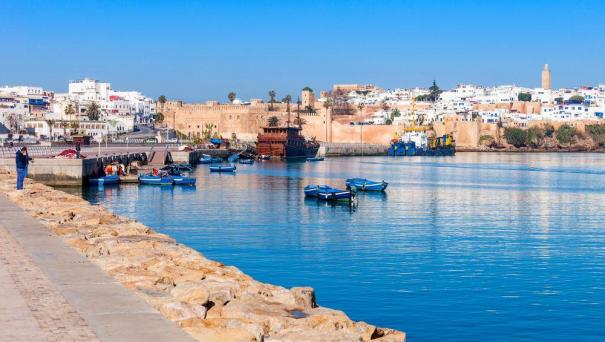About Rabat
Rabat, Morocco's capital, rests along the shores of the Bouregreg River and the Atlantic Ocean. It's known for landmarks that speak to its Islamic and French-colonial heritage, including the Kasbah of the Udayas. This Berber-era royal fort is surrounded by formal French-designed gardens and overlooks the ocean. The city's iconic Hassan Tower, a 12th-century minaret, soars above the ruins of a mosque. Rabat, Temara, and Salé form a conurbation of over 1.8 million people. Rabat has a relatively modern history compared to the nearby ancient city of Salé. In 1146, the Almohad ruler Abd al-Mu'min turned Rabat's ribat into a full-scale fortress to use as a launching point for attacks on Iberia. In 1170, due to its military importance, Rabat acquired the title Ribatu l-Fath, meaning "stronghold of victory," from which it derives its current name. Rabat has a mild, temperate climate, shifting from cool in winter to warm days in the summer months. The biggest place for theatre is the Theatre Mohammed V in the centre of the town. The city has a few official galleries and an archeological museum. Mawazine is a music festival in Rabat welcomed by Mohammed VI King of Morocco, that started in 2001 where music groups, fans and spectators come together in a week-long celebration of culture and music both locally and internationally. Musicians such as Scorpions, Rihanna, Elton John, Stromae and many others have performed at the festival.
